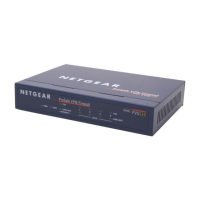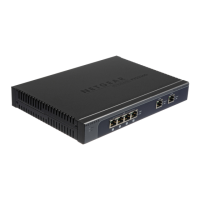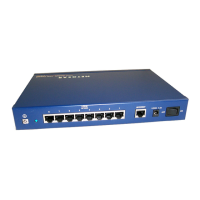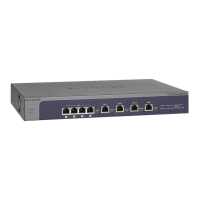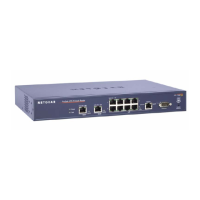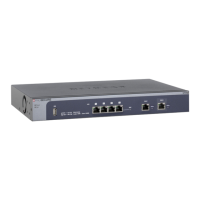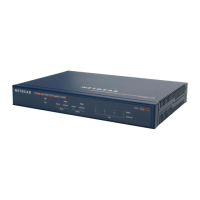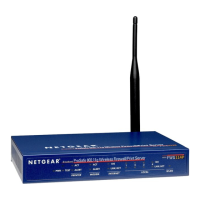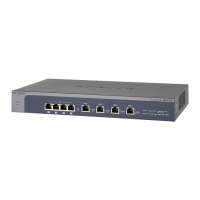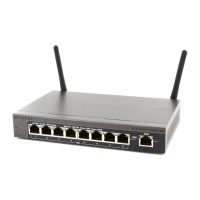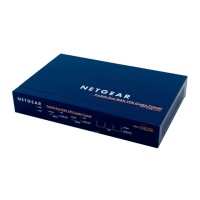Basic Virtual Private Networking 6-1
v1.0, October 2005
Chapter 6
Basic Virtual Private Networking
This chapter describes how to use the virtual private networking (VPN) features of the FVG318
wireless VPN firewall. VPN communications paths are called tunnels. VPN tunnels provide
secure, encrypted communications between your local network and a remote network or computer.
The VPN information is organized as follows:
• “Overview of VPN Configuration” on page 6-2 provides an overview of the two most
common VPN configurations: client-to-gateway and gateway-to-gateway.
• “Planning a VPN” on page 6-3 provides the VPN Committee (VPNC) recommended default
parameters set by the VPN Wizard.
• “VPN Tunnel Configuration” on page 6-5 summarizes the two ways to configure a VPN
tunnel: VPN Wizard (recommended for most situations) and Advanced (see Chapter 7,
“Advanced Virtual Private Networking).
• “How to Set Up a Client-to-Gateway VPN Configuration” on page 6-5 provides the steps
needed to configure a VPN tunnel between a remote PC and a network gateway using the VPN
Wizard and the NETGEAR ProSafe VPN Client.
• “How to Set Up a Gateway-to-Gateway VPN Configuration” on page 6-22 provides the steps
needed to configure a VPN tunnel between two network gateways using the VPN Wizard.
• “VPN Tunnel Control” on page 6-29 provides the step-by-step procedures for activating,
verifying, deactivating, and deleting a VPN tunnel once the VPN tunnel has been configured.
• Chapter 7, “Advanced Virtual Private Networking” provides the steps needed to configure
VPN tunnels when there are special circumstances and the VPNC recommended defaults of
the VPN Wizard are inappropriate.
• “Virtual Private Networking (VPN):” in Appendix A” discusses Virtual Private Networking
(VPN) Internet Protocol security (IPSec). IPSec is one of the most complete, secure, and
commercially available, standards-based protocols developed for transporting data.
• Appendix C, “VPN Configuration of NETGEAR FVG318” presents a case study on how to
configure a secure IPSec VPN tunnel from a NETGEAR FVG318 to a FVL328. This case
study follows the VPN Consortium interoperability profile guidelines (found at
http://www.vpnc.org/InteropProfiles/Interop-01.html).
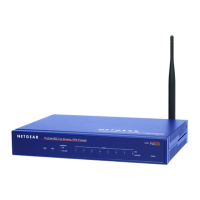
